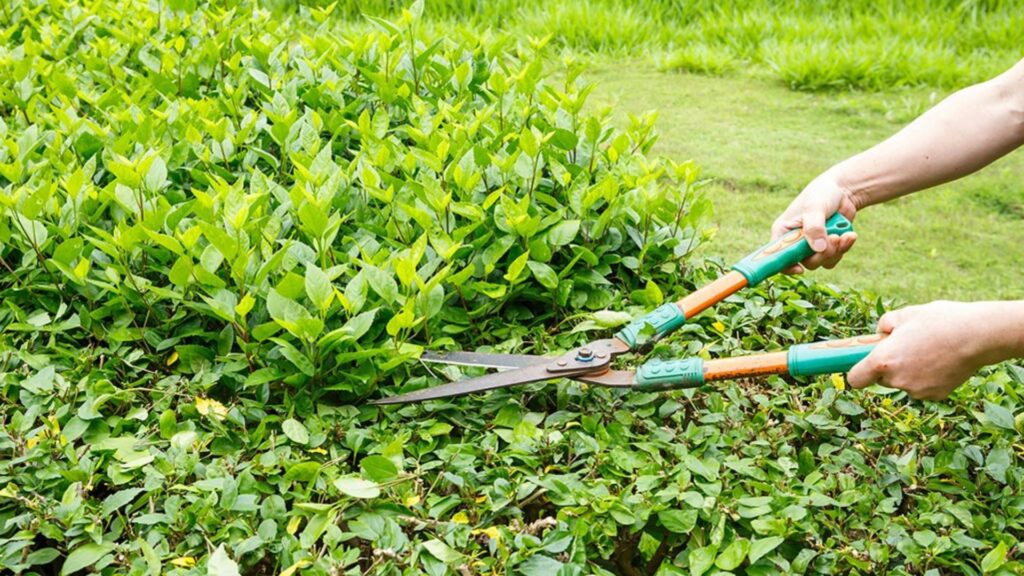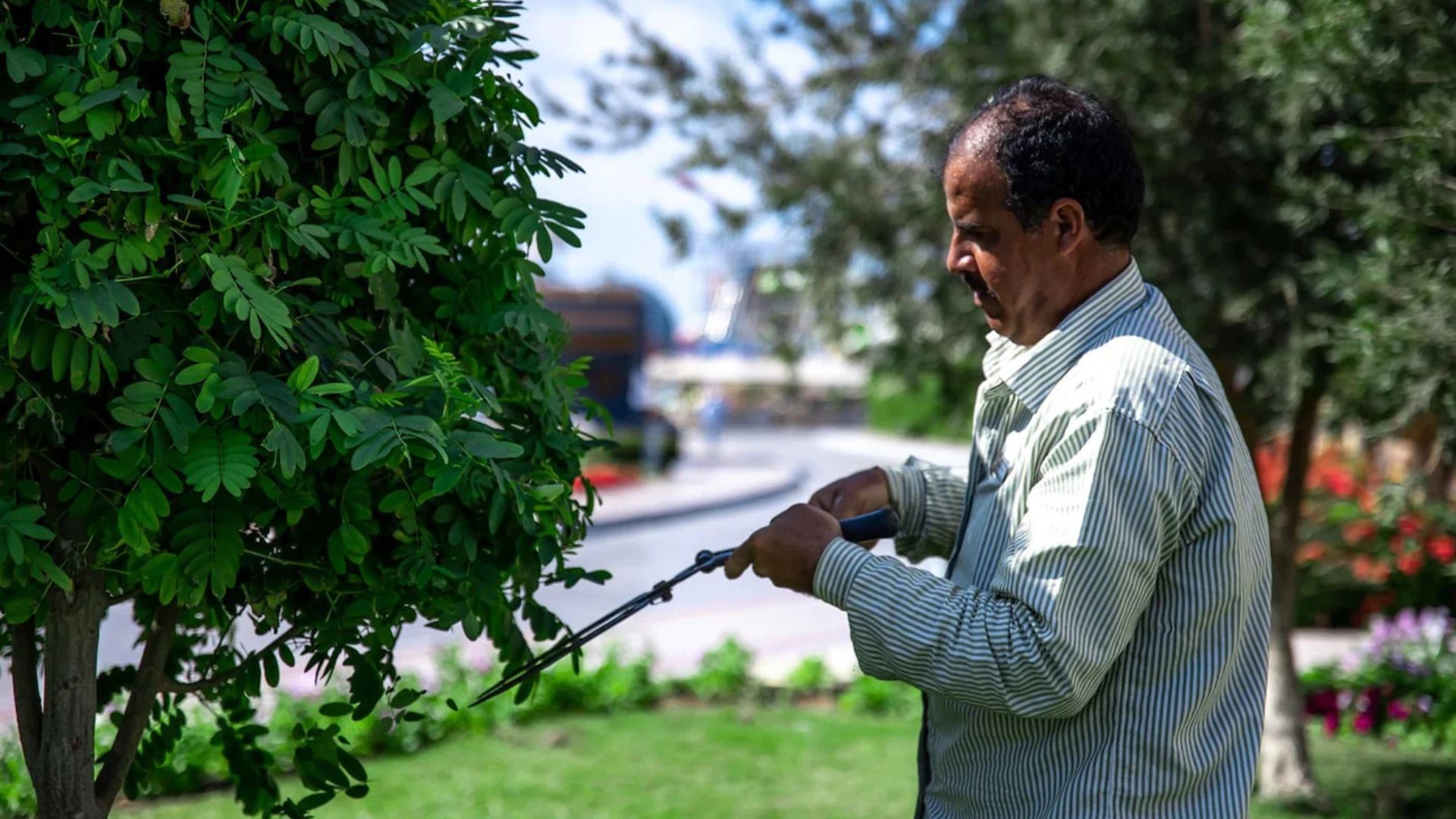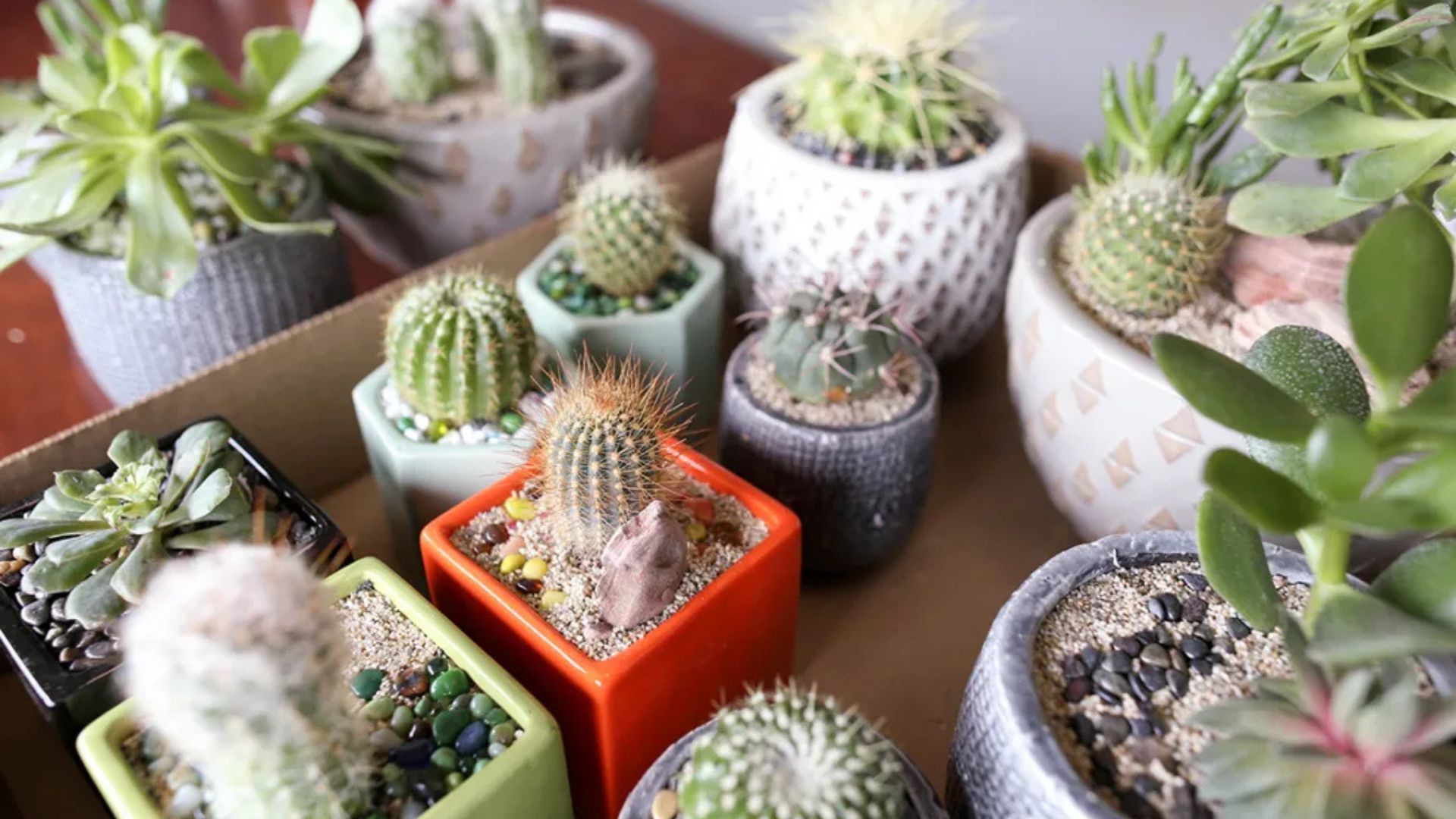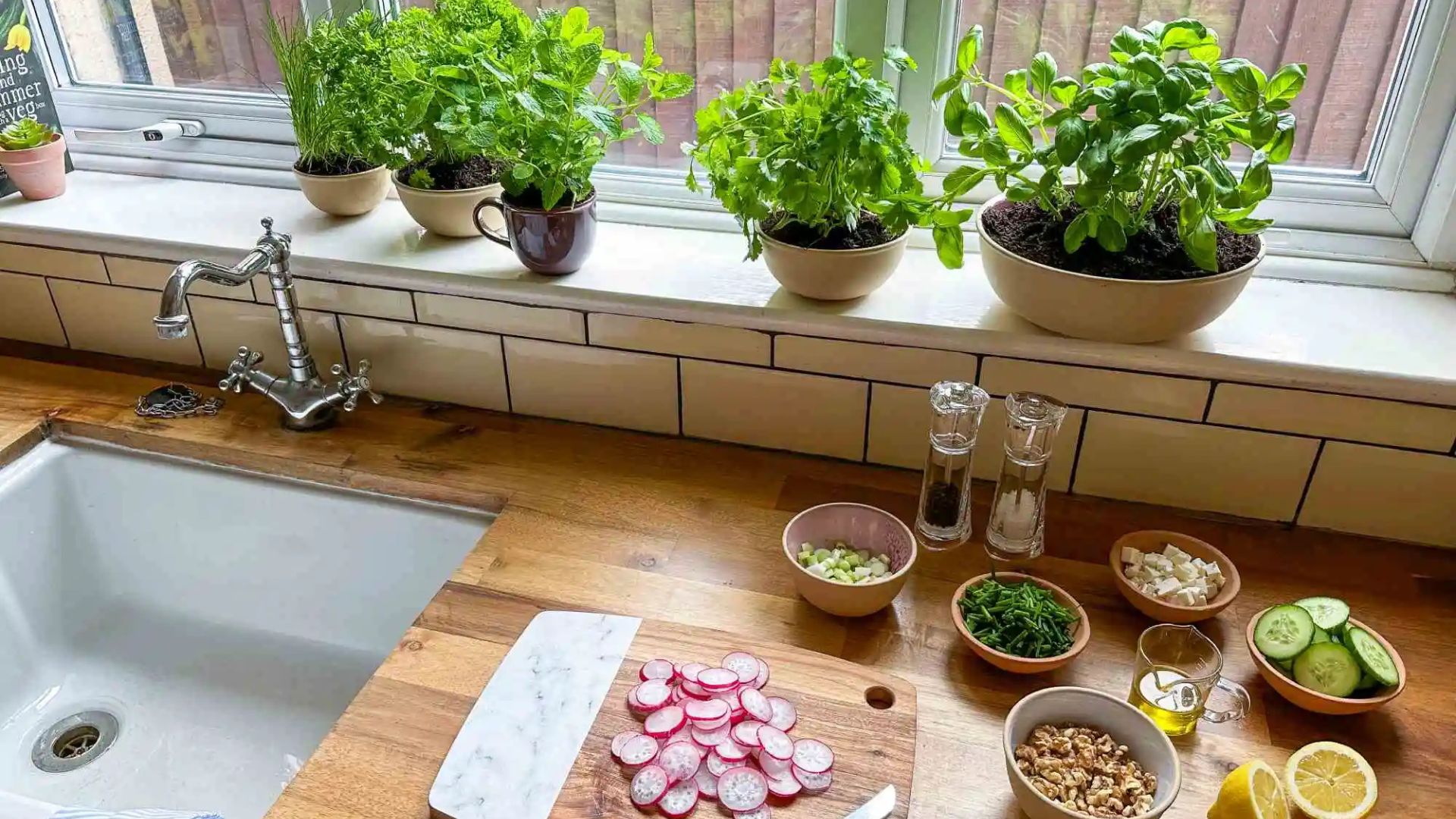Pruning is an essential part of maintaining healthy, beautiful shrubs and trees in your garden. Done correctly, pruning encourages growth, removes dead or diseased parts, and shapes your plants for an attractive landscape. This guide will walk you through the basics of pruning outdoor shrubs and trees, the best tools to use, and tips to get it right every time.

Why Prune Shrubs and Trees?
Pruning helps:
-
Remove dead or diseased branches that can harm the plant.
-
Encourage new growth for fuller, healthier plants.
-
Shape plants for aesthetic appeal and safety.
-
Improve air circulation and sunlight penetration, reducing pests and diseases.
-
Control size to keep plants from outgrowing their space.
When to Prune
The timing depends on the plant type:
-
Deciduous trees and shrubs: Late winter or early spring before new growth starts is ideal.
-
Flowering shrubs that bloom in spring: Prune right after flowering to avoid cutting off buds.
-
Evergreens: Late winter or early spring, but light pruning can be done any time.
-
Avoid pruning in late summer or fall because new growth won’t harden before winter.
Tools You’ll Need
Having the right tools makes pruning easier and safer:
-
Pruning shears (secateurs): For small branches up to ¾ inch thick.
-
Loppers: For medium branches up to 1½ inches thick.
-
Pruning saw: For larger branches.
-
Gloves: To protect your hands from thorns and splinters.
-
Disinfectant: Clean tools between cuts to prevent spreading disease.
How to Prune Shrubs
1. Remove dead, damaged, or diseased wood first.
2. Cut back crossing or rubbing branches to prevent wounds.
3. Thin out crowded areas to improve air flow and light.
4. Shape the shrub by trimming for desired size and form.
5. Make clean cuts at a slight angle just above a bud or branch junction.
How to Prune Trees
1. Start by removing dead, broken, or diseased branches.
2. Cut suckers (small shoots growing from the base) and water sprouts (vigorous shoots on branches).
3. Remove branches that cross or rub against each other.
4. Thin the canopy by removing some branches to allow light and air inside.
5. Avoid topping (cutting the main leader) as it can harm tree health.
Pruning Techniques to Know
-
Thinning cuts: Remove entire branches or shoots at their origin. Helps open up the plant.
-
Heading cuts: Cut back part of a branch to a bud or smaller branch. Encourages bushier growth.
-
Renewal pruning: Cut old stems near the base to encourage fresh shoots (used for some shrubs).
Safety Tips
-
Always wear gloves and eye protection.
-
Use a sturdy ladder if needed, and never overreach.
-
Work slowly and carefully to avoid injury.
-
Dispose of pruned material properly to prevent pests and diseases.
Conclusion
Pruning is a simple but powerful way to keep your shrubs and trees healthy, attractive, and well-shaped. By pruning at the right time with the right tools and techniques, you’ll encourage vibrant growth and prevent problems down the road. With practice, pruning will become an enjoyable part of your gardening routine.










